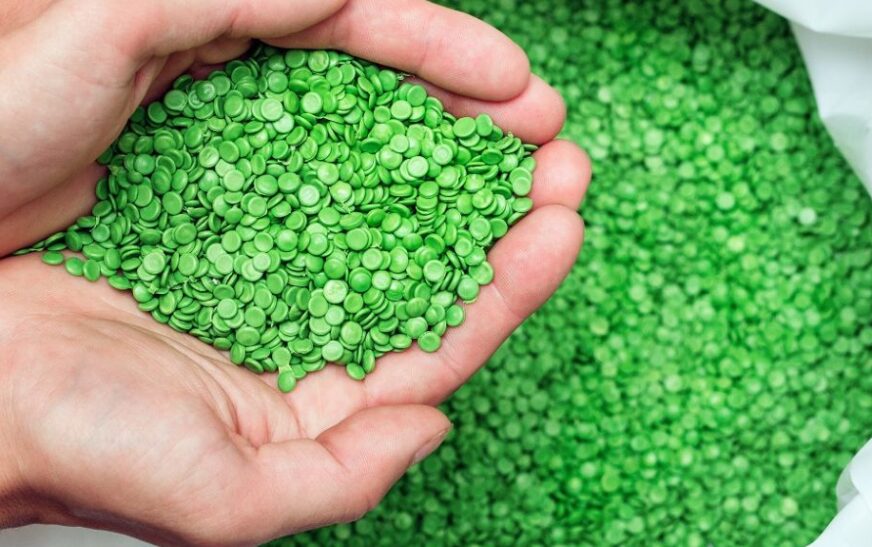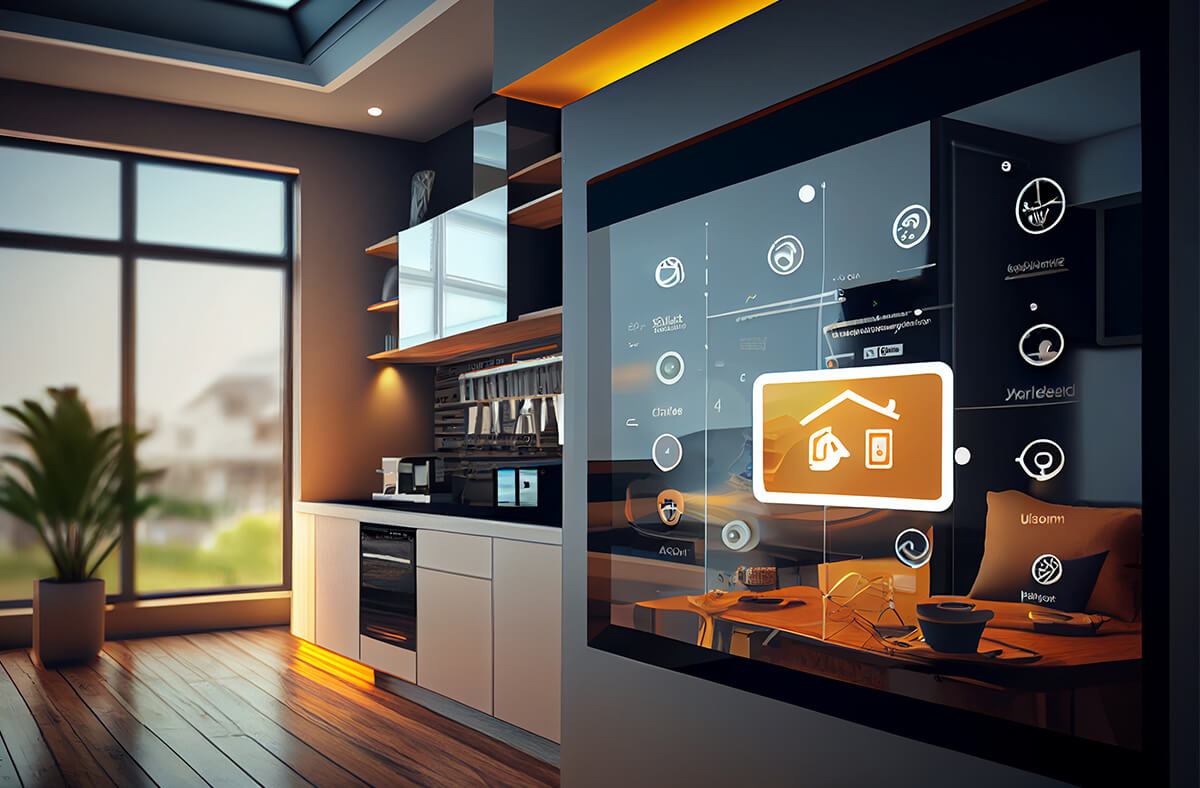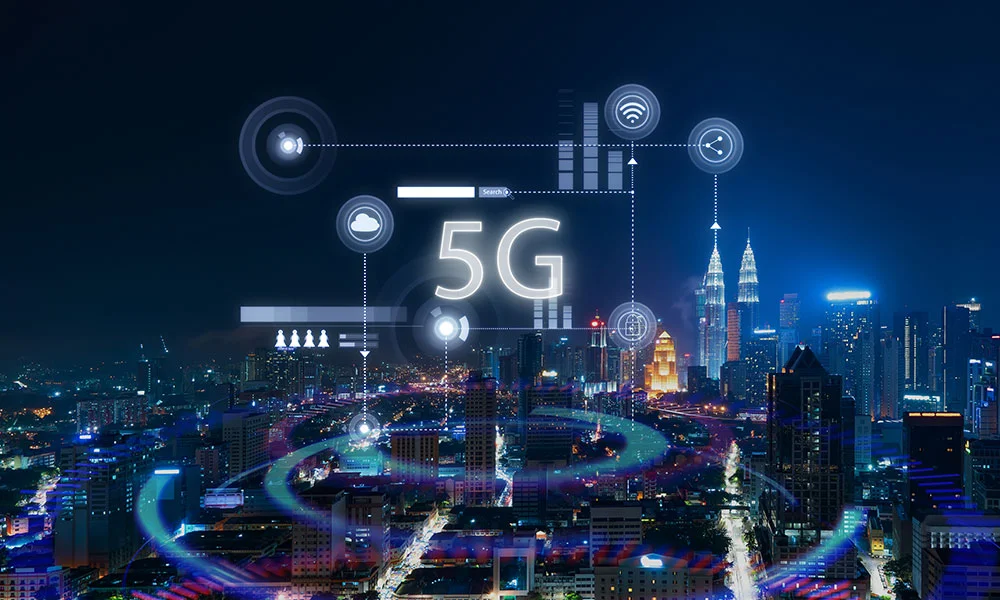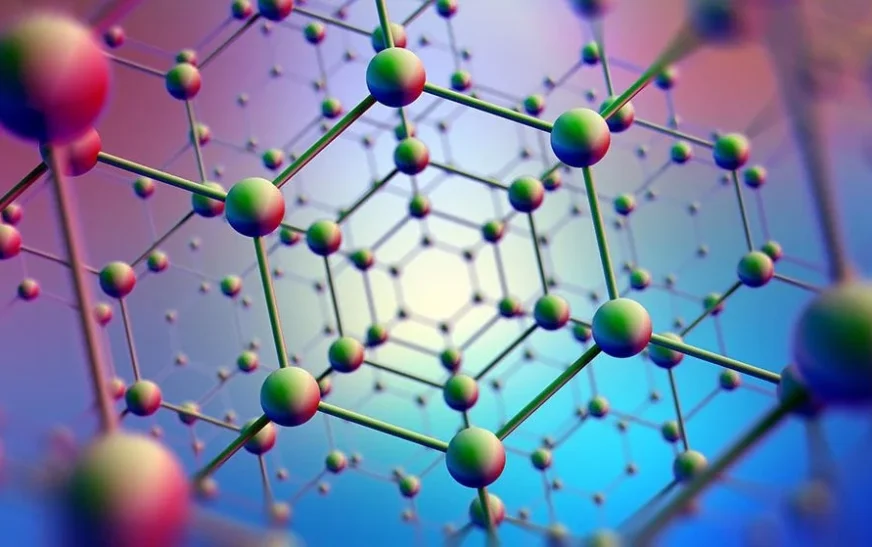Introduction: The Problem with Traditional Plastics
Plastic pollution has become a pressing environmental crisis. Every year, millions of tons of traditional plastics end up in landfills and oceans. These materials take centuries to decompose, wreaking havoc on our ecosystems and wildlife. The sheer volume is staggering; it’s not just an eyesore but a looming threat to marine life and even human health.
As awareness grows about the impact of plastic waste, innovative solutions are emerging. One such solution is biodegradable plastics—a promising alternative that aims to tackle this urgent problem head-on. But what exactly are these advanced materials? And can they truly make a difference in reducing our environmental impact? Let’s dive deeper into the world of biodegradable plastics and explore their potential role in creating a cleaner, greener planet for future generations.

What are Biodegradable Plastics?
Biodegradable plastics are designed to break down more quickly than traditional plastics. Made from renewable resources like corn starch, these materials undergo a natural decomposition process.
Unlike regular plastics that can linger in the environment for hundreds of years, biodegradable options typically degrade within months or a few years under the right conditions. This accelerated breakdown helps reduce waste and lessen environmental impact.
There are two main types: bio-based and petroleum-based biodegradable plastics. Bio-based varieties come from plant sources, while others may still rely on fossil fuels but have additives that facilitate degradation.
The appeal lies not only in their reduced lifespan but also in their potential to lower pollution levels. By opting for biodegradable alternatives, consumers can contribute to a healthier planet without sacrificing convenience or functionality.
How do Biodegradable Plastics Work?
Biodegradable plastics are designed to break down under specific environmental conditions. They achieve this through the use of natural materials or advanced polymers that can decompose effectively.
When exposed to moisture and microorganisms, these plastics begin a process called hydrolysis. This breaks the polymer chains into smaller fragments. As time passes, microbes consume these fragments, converting them into water, carbon dioxide, and biomass.
The rate of degradation depends on various factors like temperature and humidity. In industrial composting facilities, biodegradable plastics may decompose within weeks. However, in less ideal conditions—like landfills—the process can take much longer.
It’s crucial for consumers to properly dispose of biodegradable options. Misplaced items often end up in environments where they cannot degrade efficiently. Understanding how these materials work is vital for harnessing their potential benefits fully.

Benefits of Using Biodegradable Plastics
Biodegradable plastics offer numerous advantages over traditional options. Their ability to break down naturally reduces the accumulation of waste in landfills and oceans. This helps mitigate pollution, protecting marine life and ecosystems.
Another benefit is the reduction of fossil fuel dependency. Many biodegradable plastics are made from renewable resources like cornstarch or sugarcane. This shift can lessen our carbon footprint, promoting a more sustainable future.
Moreover, these advanced materials can help businesses appeal to environmentally conscious consumers. Offering biodegradable products enhances brand image while advocating for eco-friendly practices.
The versatility of biodegradable plastics also stands out. They can be molded into various shapes and sizes just like conventional plastics, making them suitable for packaging, utensils, and countless applications without sacrificing performance or quality.
Adopting biodegradable options demonstrates a commitment to reducing environmental impact—an essential step toward preserving our planet for future generations.
Challenges and Limitations of Biodegradable Plastics
Biodegradable plastics present a promising alternative, yet they come with their own set of challenges. One major issue is the misconception that all biodegradable materials break down in natural environments. Many require specific industrial conditions to decompose effectively.
Another limitation is the cost. Advanced materials often involved in creating these plastics can be more expensive than traditional options, which deters widespread adoption among manufacturers.
Moreover, disposal practices play a critical role. If biodegradable plastics end up in landfills or mixed with regular waste, they may not degrade as intended and could contribute to environmental harm.
Competition for resources used to produce biodegradable plastics raises concerns about food supply and sustainability. Balancing material production against agricultural needs poses an ethical dilemma that must be considered moving forward.
Alternative Solutions for Reducing Plastic Waste
Exploring alternative solutions can significantly reduce plastic waste in our environment. One promising approach is the adoption of reusable products. Items like stainless steel water bottles, cloth shopping bags, and beeswax wraps help minimize single-use plastics.
Another avenue worth considering is compostable materials made from organic substances. These alternatives break down naturally and enrich soil, making them an excellent choice for packaging.
Education plays a crucial role too. Raising awareness about plastic pollution encourages individuals to make conscious choices. Workshops and community programs can empower people to adopt sustainable practices.
Local initiatives also contribute positively. Many communities are implementing recycling programs that promote the proper disposal of plastics, ensuring they don’t end up in landfills or oceans.
Innovative startups continue to develop advanced materials designed to replace conventional plastics with eco-friendly options, pushing us closer to a sustainable future without harming our planet’s ecosystems.

Conclusion: The Future of Biodegradable Plastics
The future of biodegradable plastics holds significant promise in our quest for reducing environmental impact. As technology advances, these innovative materials are becoming more efficient and accessible. They offer a viable alternative to traditional plastics that have long plagued our ecosystems.
Continued research is crucial to enhance the performance and durability of biodegradable options. This will ensure they can compete with conventional plastics while maintaining their eco-friendly properties. Collaboration among scientists, manufacturers, and policymakers will drive this progress forward.
Consumer awareness also plays an essential role in the adoption of advanced materials like biodegradable plastics. The more we understand their benefits—and limitations—the better equipped we’ll be to make responsible choices.
While challenges remain, such as composting infrastructure or contamination issues in recycling streams, solutions are emerging. By supporting sustainable practices and embracing new technologies, we can pave the way for a cleaner planet free from plastic pollution.
Looking ahead, biodegradable plastics represent not just a trend but a potential cornerstone of environmental stewardship on our journey toward sustainability.






